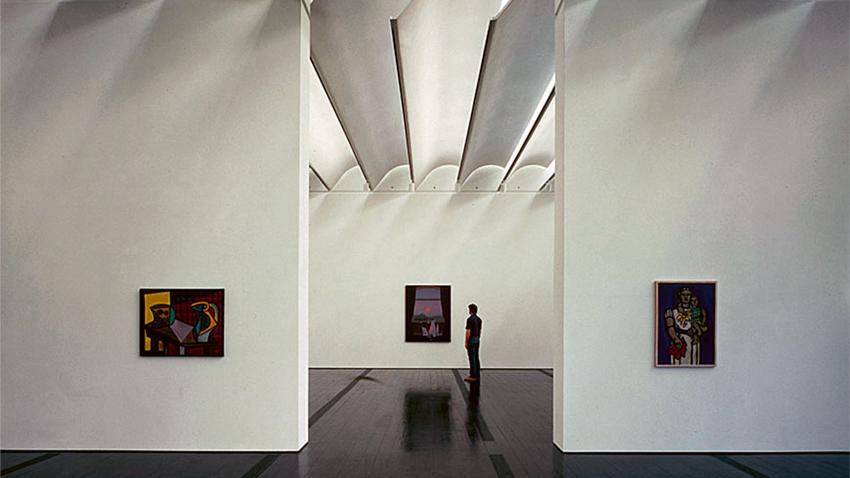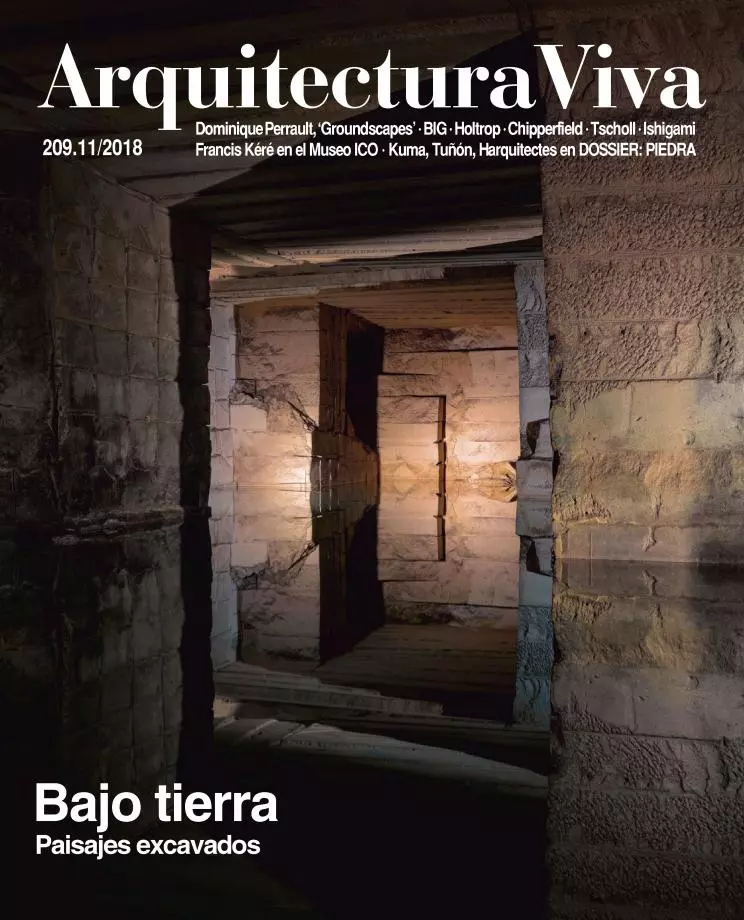
American museums engrave the names of benefactors on a ‘donors wall.’ This biography of Dominique and John de Menil begins with thanks to the hundreds who were interviewed and the institutions that granted access to their archives, but also includes a long list of patrons, so the book has its own ‘donors wall,’ which may explain (as Martin Filler stresses in NYRoB) the absence of subjects like oil wars and climate change caused by the consumption of fossil fuels in the biography of a couple whose fortune came from petroleum and is financed by prominent representatives of Texan Bio-Oil. This aside, we can only express admiration for the exhaustive work behind the reconstruction of the extraordinary lives of these two French who settled in Houston, the Alsatian Dominique Schlumberger and the Paris-born Baron John de Menil, who directed his father-in-law’s oil testing and drilling company, bringing the family to Texas, where they would become great collectors and influential patrons of the arts.
Of course architects are familiar with Menil because it is the name of one of the most exquisite contemporary museums, built by Renzo Piano in 1982-86 and possibly his finest work. The first chapter of the biography starts with the opening of the Menil Collection in 1987, presided by the almost octogenarian Dominique de Menil – John had died in 1973 – and no doubt the zenith of her life. She had met Piano in 1980 in Paris, at the instigation of Pontus Hultén – then director of the Pompidou, whose architecture horrified the collector – and found in the Genoan architect the bâtisseur who would be able to carry out a building “small on the outside but large on the inside,” luminous and spacious without being monumental. Days later they traveled together to Israel to visit the Museum of Art Ein Harod – the first to use natural light, with skylights regulating the Mediterranean glare – and then to Nice to see the Musée Chagall and the Matisse chapel, in an itinerary marked by the exploration of light, an obsession of the client, who also brought Reyner Banham to Houston, for him to suggest ideas before the start of construction work.
Dominque de Menil came from a powerful Protestant family but converted to Catholicism after marrying. Many have looked into the asceticism of her upbringing for the roots of the refined laconicism of the building that houses her art collection, and her admiration for Christian thinkers like Maritain, Congar, and especially Marie-Alain Couturier – without whom there would be no Ronchamp nor La Tourette – fertilized the dialogue with Piano and Peter Rice to give rise to one of the great buildings of our time. This biography does her justice, and reinstates the less known figure of her husband, a significant half of a couple rightfully described as ‘art world avatars’ whose double vision marked an era for Texas and the world.






